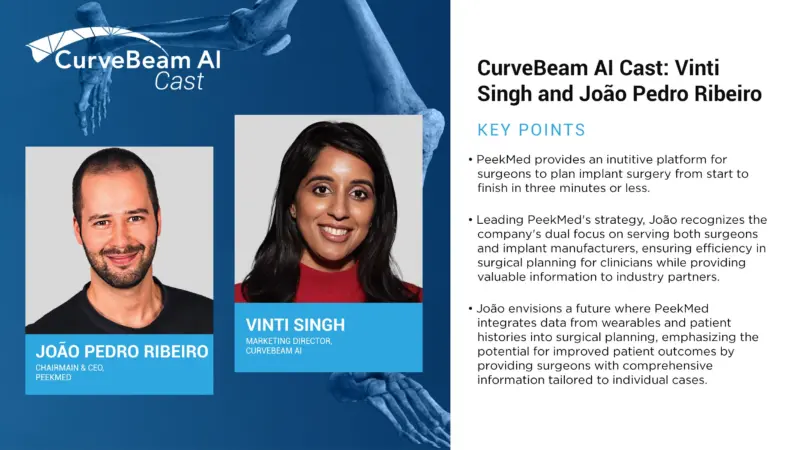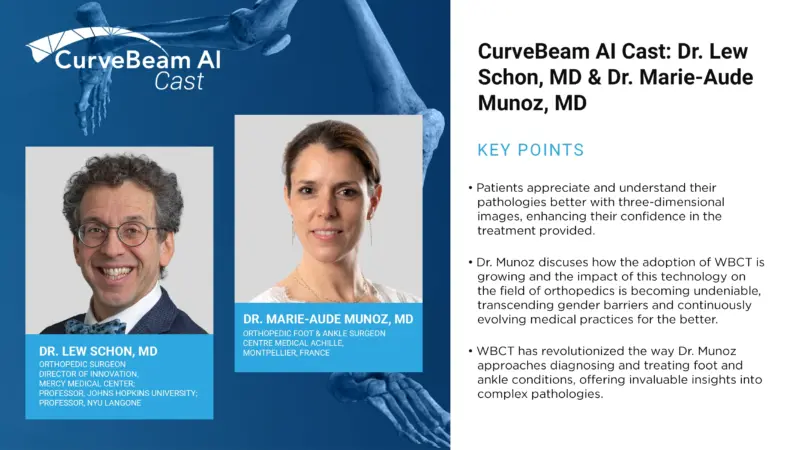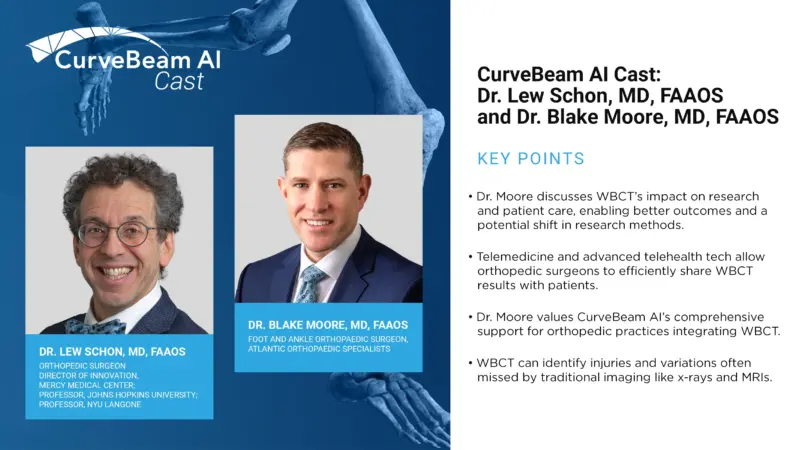How InReach CT has Sped up the Pace of Research at the University of Arizona Hand Research Laboratory
The integration of cone beam CT imaging in research labs is revolutionizing orthopedic investigations. Dr. Zong-Ming Li, PhD, David Jordan, and Trevour Greene from the University of Arizona discuss the transformative impact of the InReach CT system from CurveBeam AI on their work. The Hand Research Laboratory at the University of Arizona focuses on solving orthopedic-related clinical problems, including carpal tunnel syndrome and arthritis. The lab is equipped with various biomechanics tools, motion analysis systems, and two ultrasound machines, providing comprehensive facilities for their research.
The introduction of the InReach CT system has significantly streamlined their workflow, allowing for immediate scanning without the constraints of clinical CT schedules. This flexibility enables the lab to conduct detailed biomechanical experiments, scanning both cadaveric and, eventually, human subjects with high-resolution and low radiation doses. The convenience and ease of use of the InReach system have accelerated their research, allowing for quick quality control and immediate re-scanning if necessary.
This episode highlights:
The unique capabilities and comprehensive equipment of the Hand Research Laboratory.
The benefits of the InReach CT system, including its low maintenance, flexibility, and high-resolution imaging.
The application of research findings to clinical settings, potentially improving diagnostic accuracy for joint space analysis.
Dr. Li, Jordan, and Greene have established a dynamic research environment at the University of Arizona, leveraging advanced imaging technologies to further orthopedic research. Their work with the InReach system from CurveBeam AI exemplifies the transformative impact of innovative medical imaging tools on scientific investigations and clinical applications.




